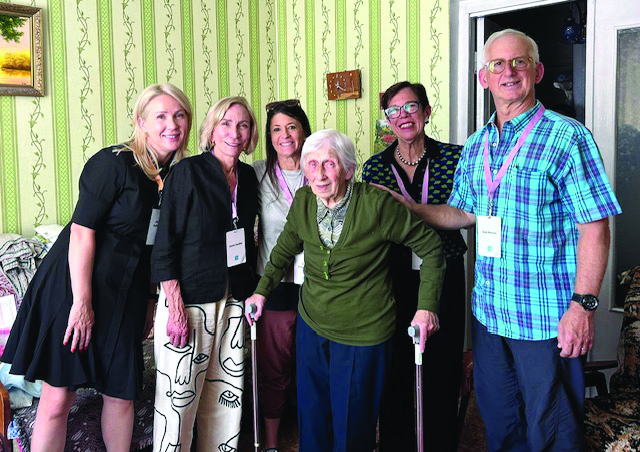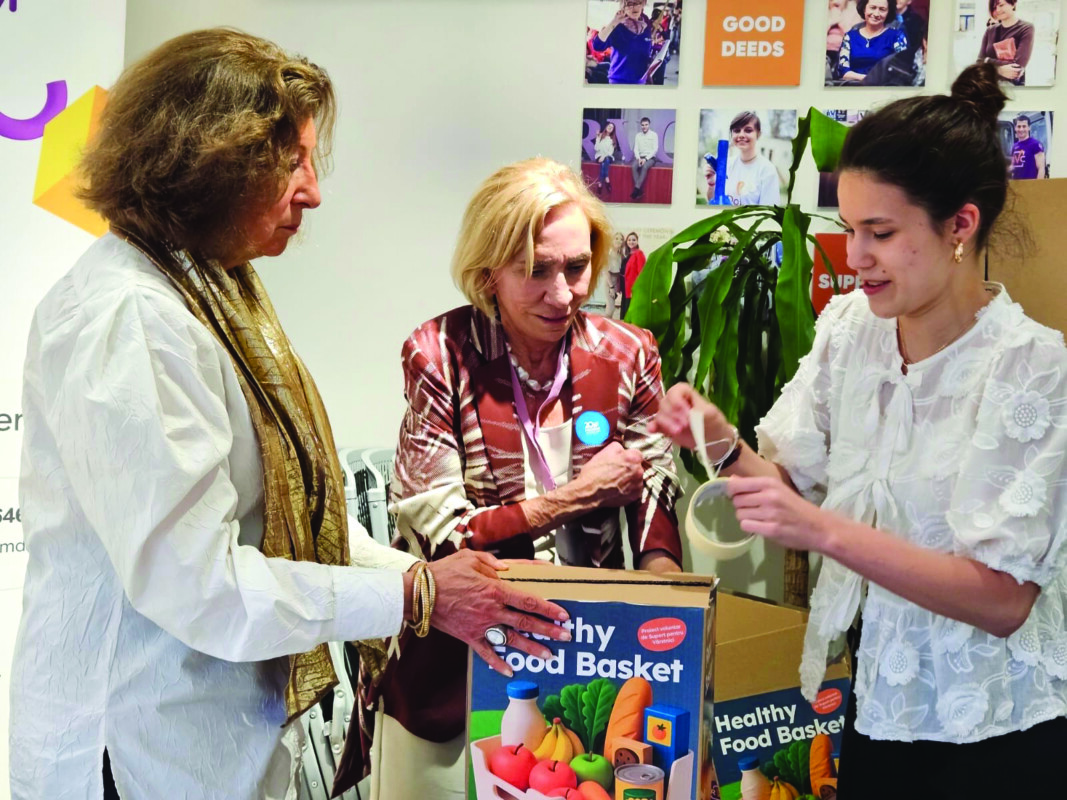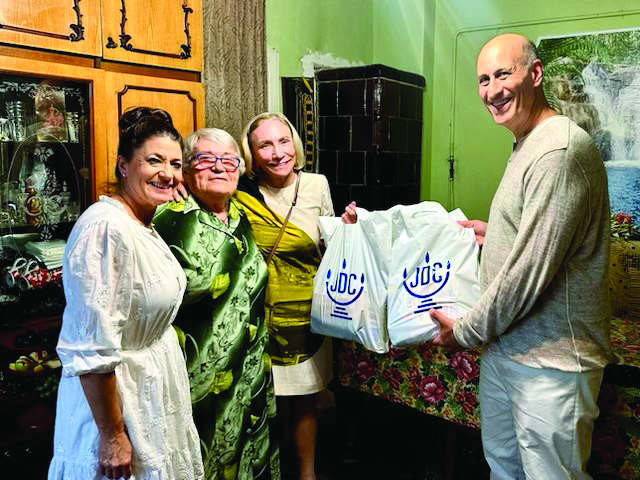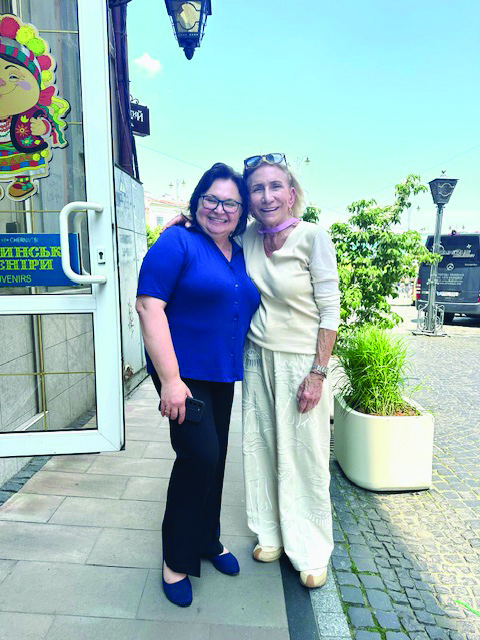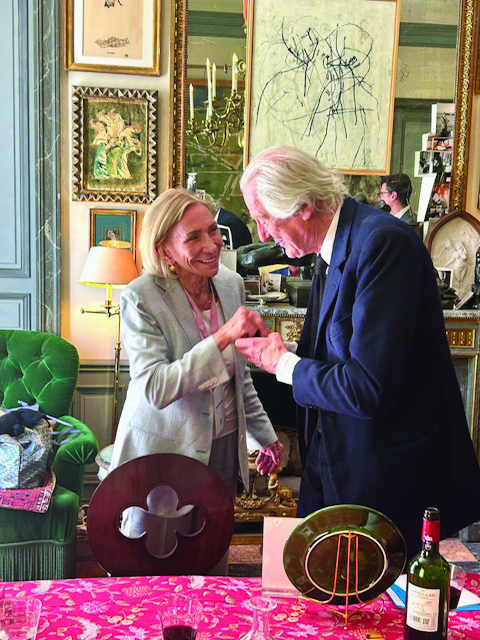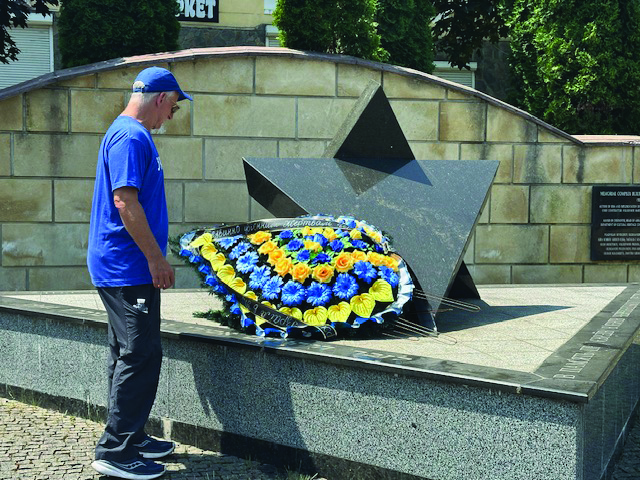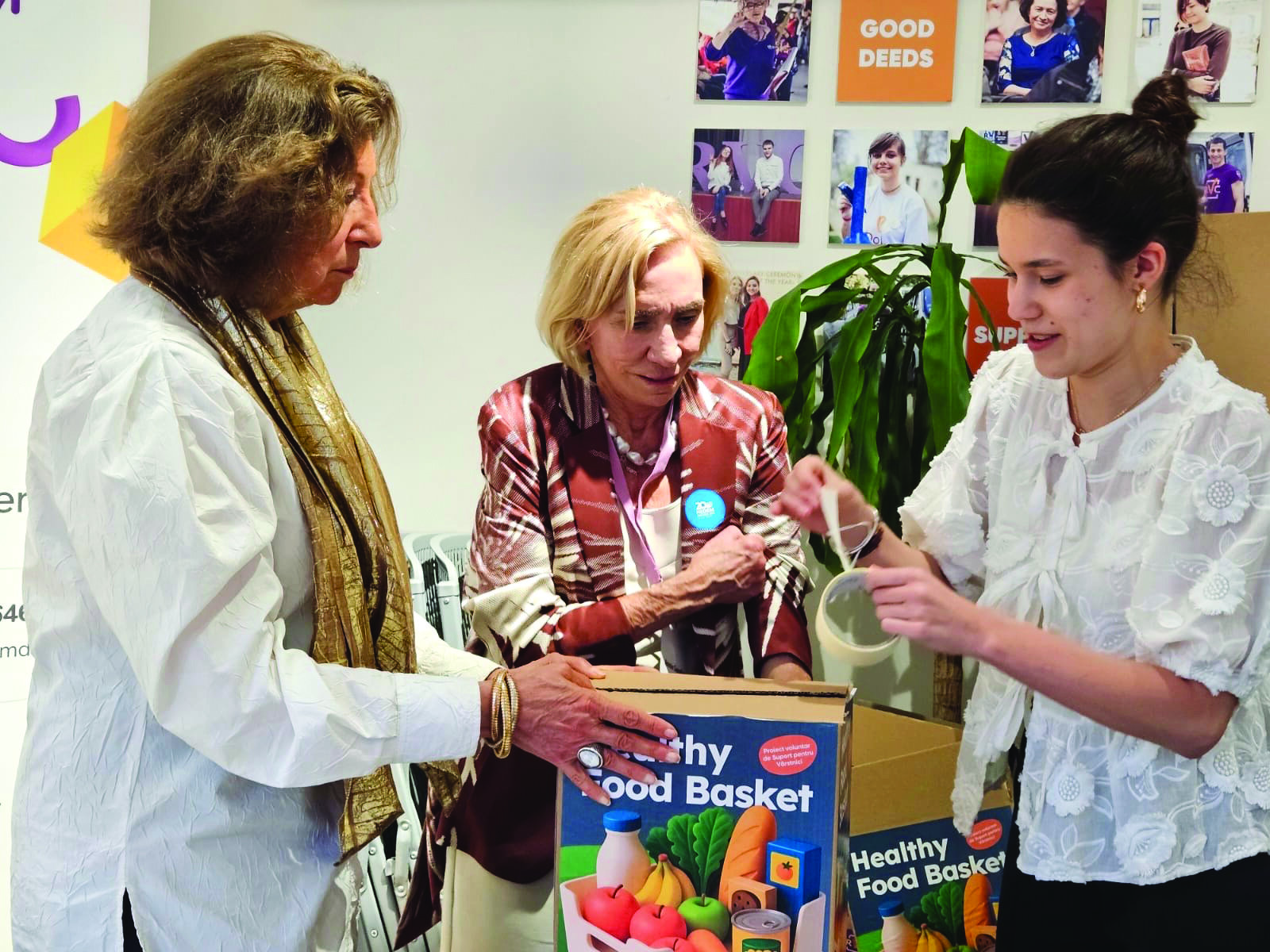It’s now been 18 months of “on the ground” visits since I began my presidency of JDC. One of my personal goals when I took office was to visit the global communities we serve, especially those I had not previously visited. In my first year I visited Israel three times, and traveled to Romania, and then to Bulgaria, England, Hungary, and Georgia—which I had never visited before.
I’ve always believed that personally “showing up” to meet clients we serve through our Heseds, our community building programs, young leadership, and volunteer initiatives is critically important to our roles as board members. Another key element is recognizing, in person, our field professionals who work tirelessly to carry out our mission. To witness the strong relationships these teams have built together over many years and to experience the respect and love the people we serve have for them is inspiring.
Dan Senor and Saul Singer speak of an Israeli concept in their book The Genius of Israel called Gibush, a Hebrew word which roughly translates to “solidifying,” but is a concept which emphasizes collaboration, team-work, and experiential learning.
I recently took part in a truly galvanizing set of trips. The first was a fly-in to Moldova and Ukraine. It was followed by a study trip to Berlin and Paris to learn about new Jewish vulnerabilities arising from a rising antisemitism. These trips were built on Gibush, bringing people together cohesively to deepen their bond to JDC and to each other while contributing to the health and future of the Jewish communities we serve.
Here are some key snapshots from my experience visiting these communities.
A Jewish future in Moldova
Our fly-in started in Chisinau, the capital of Moldova. JDC has worked in Moldova for more than 100 years supporting vulnerable Jews in need and working to rebuild a community that has weathered a challenging history, both during the Holocaust and Communism. Moldova is one of the poorest countries in Europe and has drawn focus since the conflict in Ukraine began, especially with many needy Ukrainian refugees fleeing there. Despite these challenges, the Jewish community is thriving in living color painted by the young Jewish leaders and robust Jewish institutions that are aiding the neediest and bolstering Jewish life. We had an incredibly heartwarming time visiting the homes of our elderly Hesed clients, bringing a warm smile and gifts of food supplies. The gratitude and love we received in return was immeasurable.
The visit’s highlight was marking the Kedem Jacobs JCC’s 20th anniversary, celebrating its remarkable founder, Irwin Jacobs, and his family from San Diego. Irwin expressed his passion for funding “opportunities” for a community he felt held true promise, and as his partner in this work, we all felt immense pride. The JCC is home to a series of meaningful programs and an enthusiastic group of young leaders. These budding leaders are motivated, innovative, engaged, and dedicated to ensuring their Jewish community’s future. We also met several young refugee families from bordering countries who are now engaged with the JCC and building a new future for themselves.
Shabbat joy in Ukraine
From Moldova we traveled to Chernivtsi, Ukraine for the first overnight JDC trip inside Ukraine since the conflict began in 2022. And it was not just any night—it was Shabbat! Our group was dispersed to different Hesed clients’ homes to bring greetings before reconvening for services and Shabbat dinner at the Aviv Conservative Jewish community’s synagogue. I visited Tsilya Kanarskaya, a charming 90-year-old recipient of JDC’s home health care services and humanitarian assistance, who was deeply moved when we arrived. With the help of her homecare worker who loves and dotes on her, Tsilya joined us to attend services at the shul. Lev Kleiman, head of the Jewish Community, has built a vibrant group of young adult community leaders who provide vital relief and service to the entire community. Our Shabbat challah and dinner was prepared by young volunteers who also helped get the elderly to and from services – highlighting their care and great sense of responsibility for community members in need. The experience left us all moved, grateful for the connection, and eager to continue supporting JDC’s life-saving work at a time when it is needed most.
Hope in Berlin
Germany is home to one of the largest Jewish communities in Europe. The fall of the Berlin Wall dramatically reshaped the community, creating a diverse population of over 275,000. Since 2022, 30 German Jewish communities have taken in Ukrainian refugees who are reshaping communal life. After October 7, a surge in antisemitic attacks spread fear throughout the community. Our study group covered such topics as, “What Fragility Means in Our Communities Today” in discussions led by our senior professionals Stefan Oscar, Sam Amiel, and Amos Lev-Ran, who have worked for many years with this community. We were joined by Professor David Hirsh, academic director of the London Centre for the Study of Contemporary Antisemitism, who added depth and a much broader understanding of what members of this community are experiencing. We learned that older members were concerned about rising hostilities against Jews while younger 20 – 30-year-old Jewish leaders stated, “We live here,” “we are working to develop leadership pipelines for a stronger future.” Their collaboration with JDC and many of our leadership programs have greatly empowered them: Hillel Germany, Regional Council, JSUD (Student Union), Keshet, Entwine, and JDC Junction Alumni. We also visited the Fraenkelufer Synagogue. The historic shul was severely damaged during Kristallnacht and now functions as a vibrant Conservative synagogue with regular services, educational programs, and cultural initiatives supported by JDC. Seeing all of this restores your hope for the future.
Resilience in France
France’s Jewish community is the largest in Europe with 750,000 members. Our first stop was the Bluma Fiszer Senior and Cultural Center in Paris, a place that fosters social connections and community amongst seniors. I’m always struck by how excited community members are to see us – representatives of the JDC from America. These seniors, most of whom were women engaged in a variety of different games – bridge, hearts, and canasta – had just recently met. It was crepe day, so an intense smell wafted through the center.
October 7 has shaped the day-to-day life of this Jewish community. Antisemitic attacks in Paris during the first half of 2024 increased by 200% compared to the year before. Many elderly living in unsafe areas are targeted, causing increased isolation due to fear of leaving home. The largest social institution in France for 200 years, Foundation Casip-Cojasor is a partner of JDC’s and supports more than 30,000 elderly through these uncertain times.
Early the next morning we visited the Lucien Hirsch school located in one of the three most challenged arrondissements. As we stood on the sidewalk in front of the school that educates 1,200 Jewish children, joined by the principal and the head of security, I noticed the heightened security measures and collective effort to ensure the safety of students and faculty. The consequences of antisemitism were glaring.
Lunch with Baron Eric de Rothschild at his residence was a particular highlight, tying together JDC’s past and future. Baron Rothschild had invited our delegation to personally thank us for the outstanding work of JDC. Eric and his cousin, David, have a long and deep history as philanthropic partners of JDC. He was thrilled to recount years of the family’s ties with JDC both before and after WWII.
Many things during my visit to Berlin and Paris cemented for me the importance of our JDC 2035 initiative. And one theme prominently ran through all the communities we visited: the development of talented, resourceful young leaders, and the importance of JDC to the future of their communities.
Annie Sandler is president of JDC, the American Jewish Joint Distribution Committee, one of United Jewish Federation of Tidewater’s overseas partners.
